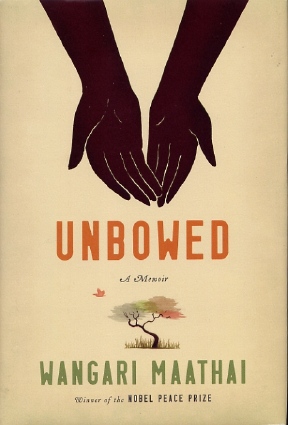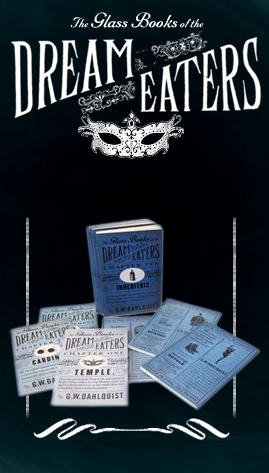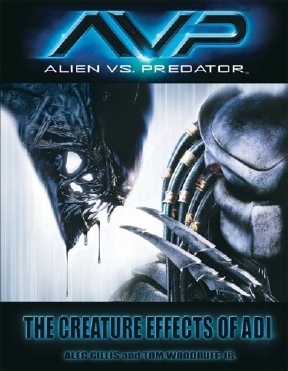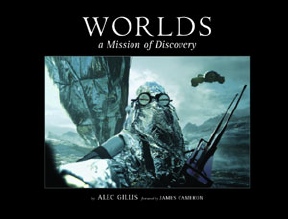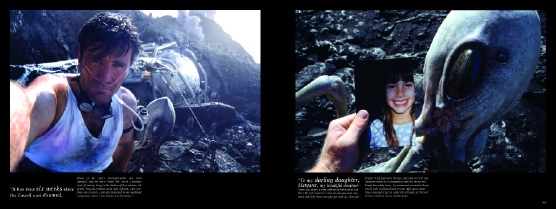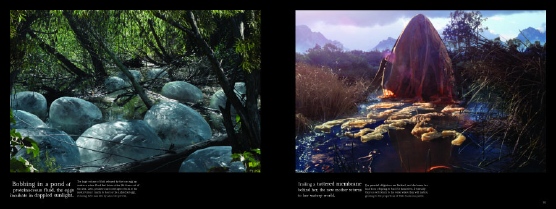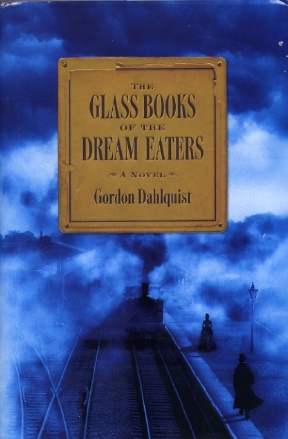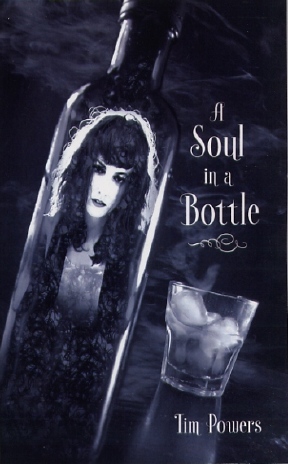|
|
|
This Just In...News from the Agony Column
|
09-22-06: Wangari Maathai is 'Unbowed' |
|||
Fighting
for Peace
Maathai is the latter, but actually changing the world does not necessarily make her story interesting though it certainly adds appeal for those seeking to demonstrate their own importance by virtue of having read the book. Trust me, don’t read the book to make yourself feel more important. It's not helping. Read the book because Maathai writes exceptionally well, with the kind of simple clarity that is all too often absent from political memoirs. She transports you to her world a world where most of us reading the book have never been and will never go. In fact, it is Maathai herself who has made the reverse journey, an attempt to re-live her experience, impossible. She managed to change the conditions that created her, and her prose brings her life to life for the reader. Maathai was born in rural village in 1940 in what was then British Kenya. How much has the map changed since then? This is page one, and we're already in what seems to be an alternate history. Going against the grain from the get-go, she pursued an education. In our terms, the phrase suggests simply following a track laid down before you. Maathai had to blaze the trail herself, seeking education from Catholic missionaries. The details of her life, the days-in and days-on lead her to the US, to a master's degree, and then back to Kenya, where in the face of actual, fits-the-dictionary-definition tyranny, she founded the Green Belt Movement, a two-pronged effort to both restore the environment and provide a living to the folks on the ground. But it's not the amazing arc of Maathai's life that grabs you. It's the quiet assured power of her writing, the attention not the big issues, but to the small processes that actually effect the huge changes. For readers seeking thrills, they are here: arrests, persecutions, prosecutions, revolts. But they are here from the point of view of a woman who is living her life one day at a time. She surely understood the Big Picture, but only found her part within by focusing on the details. This might suggest to the reader why she makes an effective writer. Look, do yourself a favor, ignore the blurbs and the Deep Meaningfulness of it all. Pick up this actual book and read the beginning of Chapter One. Then flip through it. Watch the chaos build, and focus on the prose, the storytelling. This not just an important story. It is a story well-told. I actually did not have to write about this book to be honest, and my first impulse was frankly to give it a pass. It's sort of out of my bailiwick. But then I made that mistake I make so often. I opened it up and gave it a try, and fell under the spell of words, simple unadorned words on a page. |
|
09-21-06: Agonizing the Coffee Table Part 2 and Dream-Eating Follow Up |
|||||||||||||
5
AM and Freezing Fingers
Alas, what he wrote to tell me about was that this to-die-for serialization, ten perfect-bound paperbacks done up in full-on period style, is only available via mail-order in the UK. But none of the order pages indicated this up front. So, fool that I was, I tested his assumption, fought my way through the most frustrating buy-this interface I've encountered of late -- it kept shuttling me ahead to the next screen before I'd finished the last one, and then would ask me for the missing info -- only to see the lovely message that although it would waste your time trying to get your information, it would indeed not sell the book to you. Since UK readers apparently won't get the official UK hardcover until next year, this is the best way for them to get the book early. And getting it in installments, in serial form, might be the best way to read the novel. Presumably, sets might surface for those of us in the US, at a price that will no doubt make us cringe. This cringeworthiness would be in spite of the fact that the cost of the set had they been willing to ship it to the UASA would have been, let's see...£25 for the set. £5 a pop for each volume, so with ten volumes, you're up to £75; and then some, I think, £3 surcharge beyond that. Say, £85? I'd round up to a 2-1 dollar-to-pound ratio, so we were already talking $170. I hope when then do show up, if they do show up, that it will be a substantially less than that. Nice looking set, though. Beautiful website as well, though it once again makes you realize that Flash is Evil. Then there is my surprise return to the coffee table. I wouldn't have thought I'd be doing so this soon, but yesterday one of my KUSP comrades brought me some books that I had to tell you about. They're from Design Studio Press, and they’re quite impressive. They all came wrapped in plastic, so I wasn't able to simply browse them in a read-and-drive experience as I came home. Probably I and those on the road with me are the better for it. Nope, I just brought 'em home, put 'em up on the Rolling Shelves, judging them completely incompetently by their covers. But I mist admit that I took a special joy in shelving 'AVP: Alien Versus Predator' nest to the work of Nobel Peace Prize-winner Wangari Maathai. Only in the Agony Column!
On the other hand, 'Worlds: A Mission of Discovery' (Design Studio Press ; August 2005 ; $39.95) as much directed as written by Alec Gillis (and a huge cast and crew) lives up to its title and far beyond. That price point might seem a bit expensive until you actually open it up, at which point it will seem like a real deal.
Gillis has taken the concept pioneered by Wayne Barlowe's 'Expedition' and revved it up with a full crew of effects technicians to create a gritty, rough-and-tumble visual diary of a voyage to the Proxima Centauri system. The results are utterly amazing. Rather than Barlowe's painterly style, Gillis goes for a video-influenced cinema verité style that is both powerful and effective. He employs actors, model-makers and essentially a whole movie crew to create a book like no other. This is a book chock-a-block full of wonderfully thought-out and created monsters and alien environments. It really heralds in a new age of applying motion-picture technology to books in a manner that give the movies a definite run for their money. To my mind, they might want to think about changing the dimensions of the book. It's great to have these huge pictures in this wide-screen movie format. But it's a bit hard to handle, and it slightly impinges on an otherwise immersive experience. With the resources they clearly have to hand, it might be worth it to produce dailies, so to speak, and see how it feels to hold the book and experience the narrative as a reader.
Gillis, having worked on a number of SF movies, has a good handle on the
SF tropes. You've got a variety of environments, critters and ecologies
that make a certain amount of sense. There are humans in the story who
get stranded, adding a bit of drama to the usual travelogue feel. But damn,
it's the images here that kill your brain with a combination of conceptual
ingenuity and gritty execution. You haven't seen anything like this and
if you really want to up your coffee table Agony Quotient, here's a great
way to do so and keep a hold of the tattered remains of your SF street
cred. I know, mine's shot, and I don't give a fig. But I do want to know
who would win in the Alien versus Predator versus Maathai battle. You don't
win a Nobel Peace Prize without knowing how to fight. |
|
09-20-06: Comes Steam-Engine-Time |
|||
Gordon
Dahlquist Opens Up 'The Glass Books of the Dream Eaters'
"A tree can not find out, as it were, how to blossom, until comes blossom-time," Charles Fort tells us in 'Lo!' "A social growth cannot find out the use of steam engines, until comes steam-engine-time. For whatever is supposed to be meant by progress, there is no need in human minds for standards of their own: this is in the sense that no part of a growing plant needs guidance of its own devising, nor special knowledge of its own as to how to become a leaf or a root." Literary trends will happen as surely as steam-engine-time. We can theorize until our eyes fall out, but the space opera shall come and go, the neighborhood novels shall have their time, the urban fantasies will arrive and then depart. Today, this day, this hour, at least is devoted to steam-engine time, to the perennial re-birth of Victorian-era fantasies, of fat books with lurid plots and complicated titles. Or are those lurid titles and complicated plots? Readers will have to make that decision themselves, at least in the case of Gordon Dahlquist's' 'The Glass Books of the Dream Eaters' (Bantam Books ; August 1, 2006 ; $26). The real question you have to ask yourself is, how much chocolate cake is enough chocolate cake? Make no mistake about it, this is dessert reading. We have here a froth frosting, a delightful confection. But not a small one by any means, and that's part of the plan. When you buy into this book and indeed into this particular leaf, this particular steam-engine, you can't help but be aware of what you’re getting. It's not really possible to conceal 768 pages in hardcover. If you’re looking for a quick, easy read, this ain't that. On the other hand, if you’re looking to submerge yourself in another world that looks quite a bit like a history lesson without any of the boring bits, then you've come to the right place. So long as you understand from the get-go that this is clearly not history. But it is history. Dahlquist wants to have it both ways and he's taken 768 pages to demonstrate why. In spite of the obvious historical spin, the lurid title is your clue that there's a significant element of fantasy or science fiction lodged in the center of this cake. Like all cakes, the basic ingredients are pretty simple. Miss Temple is cruelly rejected by her fiancée, Roger Temple. Though she lives in a seemingly historical setting, sometime back around humanity's last big infatuation with steam-engines, she's a modern girl at heart, because, girls are ever modern at heart. So, rather than remaining at home and sobbing, she hares off to a remote manor to pursue him and finds something rather different. Or at least hints of something very different, a technology that might have aught to do with Roger's mysterious departure. And of course she meets other fellows to distract her and entertain the reader. If your idea of a grand time is a big ol' Victorian novel with a bit of science fiction / science fantasy woven in for good measure, then this is your idea of a grand time. It comes in a bright blue cover with a lurid title. If you're expecting a thoughtful treatise on the course of history, these should be your clues that "treatise" is not the proper description of this novel. I'm going with confection. 'The Glass Books of the Dream Eaters' is a pseudo-Victorian confection that fits squarely into the most recent re-birth of what I once called "The New Victoriana". While some Victorian fiction retains a certain amount of pith and fervor, much of the literature favored fervor over pith. Fervor generally makes for better reading, so long as you’re on the Chocolate Cake Diet. And the bad news about the Chocolate Cake Diet? Spin, I tell you, froth and fervor. Alas, your copy of this book is not likely to arrive in the gorgeous shiny-blue puff pack that mine came in. I was actually driving away from the house when it came, and as I drove, I saw the UPS man coming down the street towards us in the opposite direction. I saw the blue pack in his hands, and I knew exactly what to expect when he stopped next to use and handed over the big blue pillow. Easiest package he ever delivered. Now, one hopes, you, too know what time it is. It is steam-punk-engine time. Funny how all that heavy metal goes to build such a light and fluffy confection. Enter Godon Dahlquist's world. Prepare to note that though he creates his own version of London, he never names it as such. If you think that this might annoy the living heck out of you, then give this novel a pass. I couldn’t give fig about such matters. When I order up a chocolate cake, I want it to be friggin' enormous. I want it to be BRIGHT BLUE. And there'd better be some weird tech at the heart of all the couplings-up and goings-on. Frosting. Cakes need frosting. Some humans have learned to write the novels that other humans have learned to, have need to, read. It's not a perfect system. Books often don’t find an audience and potential customers might miss a book. We can try to redress the inadequacies of our imperfections. Readers and writers require matchmakers as much as do lovers. |
|
09-19-06: Set the Controls on Auto-Buy |
||||||||
Tim
Powers' 'A Soul in a Bottle'
And this plot point alone begins to get at why Powers is such an essential and important writer for readers of this column. Powers knows the book-geek world. Sure, we buy a lot of books and there's some thought on our part that, yes, we're going to sell this book and make some money. Some of us even do so. I keep thinking I will, but haven’t yet managed the trick. I have however managed the trick of haunting used bookstores and looking for that book that is the Holy Grail, the Great Savior. For example, a while back our local Arts and Entertainment Weekly asked me to do a Holiday shopping special. (So yes, this is quite a while back. Time telescopes when you live in book-years.) I proposed doing not a selection of holiday books, but instead, going round to the various used bookstores and unearthing their treasures. That worked out pretty well for me. In a used bookstore in downtown Santa Cruz, on a sidestreet where I'd never before ventured, I found piles and shelves of volumes, crammed so high and so tight, I could barely get around. The bookstore, called The Literary Guillotine, is definitely worth your time should you ever get to Santa Cruz, California. They give you a bookmark that has the usual sort of information on one side; the other side simply has the words: "Read a fucking book. Plato." What more can you ask? Well, to be sent on assignment on a grungy, rainy day, into Santa Cruz, and find yourself, moist and dripping with rain and sweat, looking at shelves of book reaching up to the high ceiling. And crammed in amidst the old textbooks and weird maps of a California that no longer exists, I found 'The Collected Works of Charles Fort', in a 1941 first edition issued by The New York Fortean Society, published by Henry Holt. Slightly yellowed pages, sans DJ, it was one of those books that seem imbued with magic. And of course, the promise of being much more valuable than the nine or ten bucks I paid for it. When I first brought it home, I really didn't think much of it. But then I ran a search on Bookfinder and couldn’t find any copies for sale, on the later, Dover Press copy, and I thought that I had hit pay dirt. Eventually a query to the Fortean list and revised search proved that this was not the Holy Grail in terms of value. But nothing could disperse the heavy-duty atmosphere that this book exudes, and I keep it on my night stand and drag it around. Just in case I need any wit and wisdom from Charles Fort. The point being that in used bookstores and used books, there's something intangible, something powerful that connects to the soul and short-circuits the modern sensibility. Tim Powers understands this, and he nails that feeling in 'A Soul in a Bottle', when George Sydney find his own Holy Grail, a book of poems with an additional poem that does not exist in other volumes. Yes, the old special edition, only in this case, it's not the product of a canny publisher making sure you get your money's worth for the super-premium price. There's a price to be paid, all right. Powers knows how we feel about books. It's not a cash price.
|
|
09-18-06: Shortly Before Dragons Conquered the World |
|||
A 2006 Interview With Naomi Novik
Well, the Hollowood Reporter has put those fears to rest, what with Peter Jackson's announcement that he's selected these books for his next big-scale fantasy production. And he's clearly enthusiastic about the work. Now, we may have to wait another ten years before we actually see these movies on the screen, given the glacial pace of such projects. But you need not wait any longer than it takes you to hie yourself hence down to yon local independent bookseller to see these great stories projected on big screen of your brain. And you need wait not a second longer to listen to either the MP3 or the RealAudio version of my interview with Novik. We talked for a long time, but it seemed to fly by. She's totally enthusiastic about her work, and offers a lot of fascinating insights into the process behind the creation of her novels. Better still, if you've not read the books, you can listen to the interview and still enjoy them, since we certainly don't spoil any plot points. The only precaution I can add to anyone who has not read the books before listening to the interview is to be ready to buy them afterwards. Of course, as the first person to review her work, I suppose that opinion has been out there for a while. I'm glad that others share my high opinion of Novik, no matter what those others may think of my opinions. My goal is, as ever, to avoid bad books, something I've become quite adept at, and to find great books like Novik's. A fourth book is in the hopper and you can find the hardcover versions of the first three from various booksellers who carry the UK editions. You can take those great little MMPB's with you everywhere, but if you're reading them on BART or some other public transportation, have a care. You may find yourself so thoroughly immersed in Novik's version of the nineteenth century that you'll forget to get off at the correct stop in the 21st century. But then, if you do miss your stop, and have to turn around and go back, well, that just gives you more time to read. |
